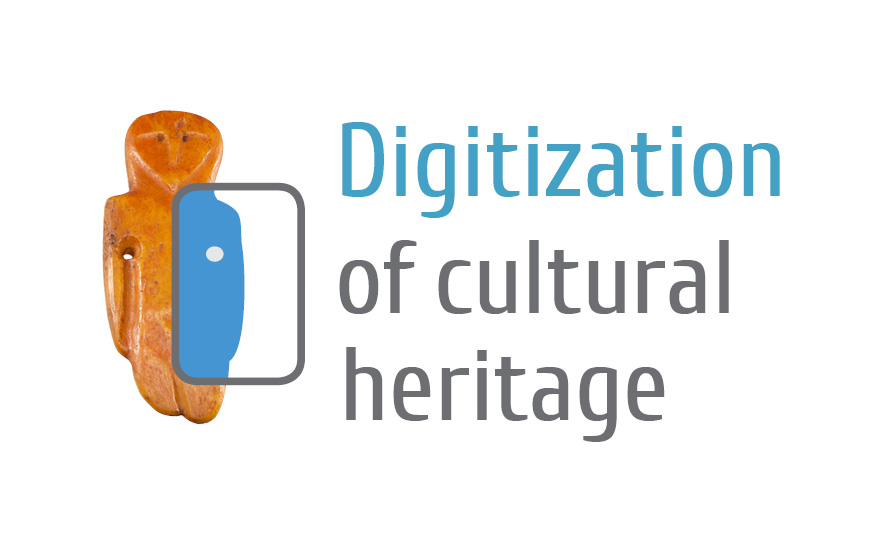-
-
Historic and Art Legacy of Samogitian Diocese
From 15th to the beginning of the 20th century there were two dioceses in Lithuania - Vilnius Diocese and Samogitian Diocese. Samogitian Diocese was established in 1417 and for a couple of centuries used to be called Medininkai Diocese. Varniai was its centre for almost 450 years. The city's role in the religious, cultural and political life of Lithuania was special and has left a distinctive mark on the country's culture and history.
In the summer of 1417, Vytautas, the Grand Duke of Lithuania, together with bishops from Vilnius and Lvovo, visited Samogitia and baptised thousands of Samogitians. Vytautas himself chose Varniai as the place for the centre of the Samogitian Diocese. The Medininkai (or Samogitian) Diocese was established and the cathedral church was consecrated at the end of 1417. The processes specific to the European culture taking place here, made Varniai an exceptional place already in the 15th century. Varniai held the position of a cultural centre for a long time, although the town itself did not grow into a larger urban centre.
In 1623 the first Theological Seminary was opened in Varniai. After some time it was transferred to Kražiai, but after a century returned back to Varniai, where at first it operated in a wooden building and was later moved to the newly built residence, which currently hosts the museum. Thus Varniai became the actual centre of the Samogitian Diocese with an operating seminary, according to the Bishop Motiejus Valančius - the "seedbed" of priesthood. During the second half of the 16th century, Varniai gathered the most prominent Lithuanian clergy: the Bishop Merkelis Giedraitis, the preacher Petras Roizijus, the cannons - the translator Mikalojus Daukša and the historian Maciej Stryjkowski. The bishops, who worked here over the later centuries - Antanas Tiškevičius, Jonas Dominykas Lopacinskis, Juozapas Arnulfas Giedraitis and, of course, Motiejus Kazimieras Valančius were also known for their various contributions to faith, moral education and construction works.
In the 19th century, when the Russian czar closed the University of Vilnius, Varniai Theological Seminary, along with Vilnius’ Medical School, were the only schools of higher education in Lithuania. For this period they became the most important centres of Lithuanian culture. Varniai Theological Seminary was rightfully considered as the cradle of Lithuanian national movement. Many of its students and workers later became famous writers, cultural or church activists who contributed to Lithuania’s national independence movement. Among them almost all the most prominent representatives of the Lithuanian clergy of the time - Antanas Strazdas, Jurgis Pabrėža, the already mentioned Motiejus Valančius, Antanas Baranauskas, Juozapas Silvestras Dovydaitis, Antanas Vienažindys and many other enlightened persons.
Varniai Theological Seminary operated until 1864. When the uprising of the 1863 was defeated, the administration of the czarist government forcibly moved the curia of the Samogitian Diocese and the Theological Seminary to Kaunas. Then the building of Varniai Seminary was transferred to the Russian National Defence Army - the regiment of Don Cossacks. During the period of the independent Lithuania, the buildings of the former seminary housed the Disciplinary Battalion of the Lithuanian Army as well as the regiment of the Duke Vaidotas. During 1927-1931 it housed a concentration camp, later - Varniai Secondary School. When the buildings were transferred to Varniai Vocational Technical School, they were reorganized into dormitories and warehouses. In 1999 by the decision of the Government of the Republic of Lithuania the partially reconstructed residence was given to the Samogitian Diocese Museum. The purpose of the museum is to collect, preserve and present the artistic, historical and memorial heritage of the Samogitian Diocese and Telšiai Diocese, as well as other museum valuables to the public and to continue the Christian tradition of the region and the country. The museum also provides cultural, educational and informational services, which help to maintain and strengthen the historical, cultural and religious identity of the citizens of Lithuania.
-
Virtual Exhibitions






